|
Around this time last year, I reviewed two 2016 vintage wines from South America. Remembering how impressed I was with the price to value ratio of these wines, I couldn’t pass up the opportunity to taste the 2017 vintages. Reserva Casillero del Diablo Rosé 2017 is produced by winemaker Marcelo Papa. The grapes come from Chile’s Central Valley and are grown in riverbench and benchland associated soils. The wine is a blend of 60% Syrah, 30% Cinsault and 10% Carmenere. The color of the wine is light pink-salmon with aromas of juicy berries, citrus, floral and spice. The palate is layered with red berries and a touch of spice that lingers on the finish. This is a crisp rosé with just the right balance of dryness. I love the design of the bottle as well as the wine inside it! Alcohol: 13% SRP: $12 Trivento White Orchid Reserve 2017 is produced by winemaker Maximiliano Ortíz The grapes are harvested from the Uco Valley, Mendoza where the vines grow in alluvial soil. The wine is a blend of 85% Torrontés and 15% Pinot Gris. The color is pale yellow with intoxicating floral aromas mingled with tropical fruit, pineapple and honeysuckle. A burst of floral floods the palate followed by tropical fruit, apricots, honeydew and hints of citrus. Refreshing acidity and lingering notes of floral and citrus on the finish add to the perfect balance of this delicious wine. Alcohol: 12% SRP: $11 Both of these wines can be enjoyed with a wide range of summer fare or as an aperitif. To read more in-depth stories about Chile, Argentina, Concha y Toro, Casillero del Diablo and Trivento, please visit the menu on the right and click on the categories you’d like to learn about.
Until next time… Cheers! Penina To leave a comment or if you have an inquiry, please contact me at [email protected] It is a sultry 80 degrees outside. And while most wine lovers might be reaching for a chilled white or rosé wine, I’m in the mood for something rich and red. And, I found just the right wine hiding in my wine room that will surely satisfy my palate. It is my last bottle of LAN Rioja Crianza 2010. Rioja wine region is located in North Central Spain, in a valley along the Ebro River. Rioja is divided into three sub-regions: Rioja Baja, Rioja Alta and Rioja Alavesa. Bodegas LAN is located in the town of Fuenmayor, bordering the Ebro River in the sub-region of Rioja Alta. The winery was founded in 1972 and is a subsidiary of Sogrape Vinhos, which is a conglomeration of companies and brands. Enrique Abiega serves as the managing director of Bodegas LAN. The name “LAN” is an acronym using the initials of each of the three provinces that form the D.O.Ca in Rioja: Logroño, Alava and Navarra. To quote the winery, “LAN means respect for the history of this land”. The Viña Lanciano vineyard is comprised of 72 hectares in Rioja Alta and is protected from the wind and cold weather by the Sierra Cantabria Mountains which in turn generates a microclimate. The vineyard is divided into 24 plots of Tempranillo, Mazuelo, Graciano and Garnacha vines, with many of the vines averaging sixty years of age. The soil is diverse and made up of mostly limestone, clay and is very stony. Having deep respect for the earth and balance of nature, Bodegas LAN practices sustainable viticulture and refrains from the use of chemical fertilizers. Grapes are hand-harvested and individually selected by hand once they reach the winery to make sure that only the best clusters are chosen. Above photos courtesy of Bodegas LAN Views of the vineyards and stony soil. A wine that is labeled crianza means that it has spent one year in oak barrels. Bodegas LAN Rioja Crianza 2010 is made from 100% Tempranillo grapes. The wine is aged for one year in hybrid barrels of American and French oak that have been incorporated into one barrel. The wine rests in the bottle for an additional nine months before release. The color is dark cherry with lovely aromas of red cherry, ripe fruit, spice and hints of earth and herbs. The palate is filled with layers of sweet and sour cherry, cranberry, licorice, spice and hints of pepper. This is a full-bodied wine with silky tannins and good structure. The wine has aged well. Alcohol: 13.5% It might be hard to find a 2010 vintage, but I’m curious to try some of their later vintages. I’m guessing my palate will be quite pleased! Until next time!
Cheers! Penina To leave a comment or if you have an inquiry, please contact me at [email protected] Imagine scenic valleys embracing storybook Alpine villages. Add snow-capped mountains that surround the villages and you have arrived in Alto Adige, the northernmost wine region of Italy. Noted for its dramatic peaks, Alto Adige is bordered by Austria and Switzerland and is one of Italy’s smallest winegrowing regions. It also dominates the country in wine worthy of a DOC designation, with 98% of its wines falling into this category! Alto Adige enjoys a mild Alpine-continental climate with big temperature swings between day and night, averaging a temperature of 64 degrees during the grape growing stage. There are over 300 days of sun per year with approximately 27 inches of rainfall per year. The Dolomites protect the vineyards from cold winds coming from the north. And to the south, where the land is open, warm air currents waft over the winegrowing vineyards coming from Lake Garda and the Mediterranean. The lowest vineyards are at 750 feet and the highest vineyards reach 3,250 feet above sea level. The average elevation is approximately 1,600 feet. Alto Adige has a broad range of soils such as volcanic porphyry, quartz, limestone, dolomite and sandy marl. The soils combined with the climate make for an ideal stage on which to grow high-quality grapes. More than sixty percent of the region’s vineyards are white grape varieties such as Pinot Grigio, Chardonnay, Pinot Blanc, Gewürztraminer and Veltiliner. Approximately forty percent of the vineyards are red grape varieties such as Cabernet Sauvignon, Merlot, Pinot Noir, Malvasier, Schiava, Lagrein and Moscato Rosa. My focus today is on Pinot Grigio and Pinot Noir, specifically from the winery of Peter Zemmer. Peter Zemmer winery is one of the oldest wineries in Alto Adige. It is located in Cortina, one of the smallest communities in Alto Adige with 600 inhabitants in the village. It is situated in the middle of the valley floor, near the Adige River. Cortina is a world-renowned ski resort and was host to the 1956 Winter Olympics Games. Peter’s grandfather founded the winery in 1928 and Peter is now the third generation in this family-run winery. Peter says “The cultivation of vineyards has been an important part of our family history for almost a century. The third generation still shows the same enthusiasm for wine. Culture and nature, tradition and innovation, great respect and development, I love and live my environment.” Grapes grow on the mountain valley floor and steep surrounding hillsides. The winery practices sustainability, uses only organic fertilizer and uses natural winemaking techniques. Peter Zemmer Rolhüt Pinot Noir DOC 2017 Pinot Nero is the Italian name for Pinot Noir. However, both names can be seen on bottles produced in Italy. Although this region might be more popular for its white wines, red varietals grow well here, including Pinot Noir. Rolhüt is 100% Pinot Noir and the grapes come from the 15-acre Rolhüt site located in the immediate vicinity of the winery. The vineyards sit at an elevation of 1,400 feet and contain soils of loam, chalk and porphyry. 70% of the Pinot Noir is aged over 12 months in large French oak barrels and the remainder is aged in small, 2-3-year-old French oak casks. After blending both, the wine is then bottled and aged for an additional 6 months. The color of the wine is cherry red with fragrant aromas of cherry, flowers, red berries, sweet apples and spice. The palate offers a crisp, light and savory wine with smooth tannins and layers of fresh strawberry, sour cherry, spice and hints of red plum. Sour cherry, subtle notes of minerality and spice linger on the finish. Alcohol: 13% SRP: $18 Peter Zemmer Pinot Grigio DOC If you have been following my stories, you might have gleaned by now that I’m not a big fan of Pinot Grigio. Well, my opinion has changed dramatically after enjoying this Alpine Pinot Grigio! The grapes are selected from the best vineyards located on the valley floor and steep slopes located near the estate. The soils are stony, sandy and extremely chalky. The poor yield per hectare produces more concentrated flavors and contributes to the quality of this wine. Fermentation takes place in stainless steel tanks using pure strains of yeast and then spends several months of ripening on the yeast to achieve this well-structured wine. The color of the wine is soft yellow and has a very aromatic bouquet of floral, citrus, pineapple and honeydew. The wine envelops the palate with lively layers of white flowers, pear, citrus, minerality and fresh acidity. It finishes with a dash of zest and lingering pear. Oh, my…
Alcohol: 13.5% SRP: $18 The combination of the Alpine air and southern sun in the Alto Adige is producing some outstanding wines that reflect the character of this region. If you haven’t tasted any wines from this magical area, I encourage you to run…not walk…to a wine shop and experience for yourself how truly heavenly and unique these wines are! Cheers! Penina To leave a comment or if you have an inquiry, please contact me at [email protected] The other evening I had a craving for a glass of Malbec. I have a nice selection to choose from, but one in particular caught my eye. It was my last bottle of Casa Marguery Malbec 2012 from Mendoza, Argentina. I gave this wine a “thumbs up” a few years ago. So, I was curious to see if it would please my palate again. Over 70% of all Argentine wine is produced in Mendoza and of that amount, 85% is Malbec. Mendoza is located in the eastern foothills of the Andes where the climate is dry and continental, making it an ideal environment for these high altitude vineyards during the grape-growing season. Mendoza has several sub-regions that include Luján de Cuyo and the Uco Valley. See map below. Familia Marguery was founded in the year 2000 by Guillermo Donnerstag, a philosophy professor at the University in Mendoza. The winery is located in Cruz de Piedra, tucked away in a corner of Mendoza in the south of the city of Maipú. The wines are produced inside a converted barn with the assistance of enologist Pedro Rosell. The Malbec grapes come from the vineyards in La Consulta in Uco Valley region and Vistalba in Lujan de Cuyo region. The Familia Marguery 2012 Casa Malbec is a beautiful blend of grapes from the regions specified above. The color is deep ruby with strong notes of cherry, berries, pomegranate and spice. The palate opens with lots of lush dark fruit, plum and spice. There is a mild oakiness that dissipates quickly and ends with black cherry and pepper on the finish. Firm tannins, full-bodied and lively, this is definitely another “thumbs up” or two! Alcohol 14% SRP: $15 My guess is that it will be hard to find any more 2012 vintages, but the next time you’re browsing the Malbec section and spot a bottle of Casa Marguery, pick up a bottle or two. Until next time!
Cheers! Penina To leave a comment or if you have an inquiry, please contact me at [email protected] The spring weather has once again turned cold and rainy, with a few tumultuous thunderstorms and tornados thrown in for good measure. So, the other evening after uprighting deck furniture and an overturned grill in the pouring rain, it seemed like a good time to open a bottle of Warre’s Otima 10, an aged 10-year-old tawny port that I received as a gift a few months ago. Warre’s is considered to be the oldest British Firm in Portugal to ship Port. Warre’s roots go back to 1670 when two Englishmen opened offices in northern Portugal as a general trading company that exported wines, olive oil and fruit. The company was known then as Burgoyne & Jackson. Through the years new partners were added, marriages formed and the business name changed several times. In 1729 William Warre became a partner and the name of the company changed to “Mssrs Clark, Thornton & Warre”. Warre was born in India in 1706 and was the first Warre to arrive in Portugal. His parents and grandparents were longtime established members of the East India Company. Warre went on to create a family Port dynasty and by the end of the 18th century, Warre & Sons had become one of the leading companies to export Port. He was also the first British National to buy land in Vila Nova da Gaia. Warre’s fifth child, James Warre was a highly regarded figure in the Port trade for more than 50 years. The Symington family, which has an illustrious ancestry in the Port trade extending over a period of 350 years and 13 generations, now owns Warre’s. Andrew Symington was born in Scotland and came to Oporto in 1882. He worked with the Warre family and eventually became a partner of Warre & Co. in 1905. By 1908, Symington became the sole owner of the company. The present generation of Symingtons are owners and managers of Warre’s and other family Port companies. They own 26 quintas (vineyards) in the Alto Douro, 2,461 hectares of land. In addition to Warre’s, these estates are the foundation for the different wines of Graham’s, Cockburn’s, Dow’s, Quinta do Vesúvio and the Symington family’s Douro DOC wines. Warre’s Otima 10 is a ten-year-old tawny Port. The grapes are a blend of traditional Portuguese varieties from the Douro Valley. The wine is matured for ten years in seasoned oak casks. The color is between ruby and amber with delicate aromas of caramel, dried fruit and wood. The palate offers a nice balance of fruit and almonds with toffee, honey, toast and spice notes. This Port is smooth, beautifully balanced and full-bodied. It was the perfect “calm” after the storm.
Alcohol: 20% SRP: $26 Memorial Day weekend is coming up fast. I’m already chilling rosés, sparkling wines and a few other treats to kick off what I hope to be the start of a fantastic summer! What will you be pouring in your glass? Cheers! Penina To leave a comment or if you have an inquiry, please contact me at [email protected]  The focus this past Sunday was on moi! My sons came for a visit to celebrate Mother’s Day. Rather than go out to a restaurant, I decided to make lunch for everyone. The lunch menu was grilled chicken tossed with arugula, romaine, sweet corn, avocado, tomatoes, cucumber and tomatoes. It was served with homemade French bread and fresh mozzarella drizzled with balsamic glaze and basil from the garden. To accompany the meal, I opened Stella Prosecco DOC, a light and refreshing sparkling wine. The wine is made with 100% Glera grapes grown in the Veneto region of Italy. The vineyard was planted in 1986 and winemaker Danilo Chini oversees the production. The fruit remains on the lees a total of 30 days with fermentation taking place in steel tanks. The wine is a light straw color with aromas of soft fruit, pear and apples. The palate offers fine bubbles, pear, green apple, white floral and subtle citrus flavors on the finish. This is an easy wine to drink with a perfect balance of sweet and dry. Serve it as an aperitif or with light fare. Alcohol: 11% SRP: $15 I’m off to Greece tomorrow for a great wine tasting! Until then…
Cheers! Penina To leave a comment or if you have an inquiry, please contact me at [email protected] If you have been following my blog for the past few years, then you know that I’m a fan of Chilean wine. And, I enjoy drinking the many noteworthy brands that Concha y Toro produces such as Don Melchor, Casillero del Diablo, Gran Reserva Serie Riberas and Marques de Casa Concha. Since Concha y Toro was founded in 1883, it has become Latin America’s leading wine producer, exporting to 147 countries worldwide. The company owns approximately 10,800 hectares of prime vineyards in Chile, Argentina and the United States. In 1718, King Felipe V of Spain bestowed upon the Concha y Toro family the title of “Marques”. It was later on that the family moved to Chile and Don Melchor Concha y Toro founded the winery in 1883. As a tribute to the “Marques” title, the Marques de Casa Concha wines were created and launched in 1976. The Marques Casa Concha grapes are handpicked from single vineyards, except for the Cabernet Sauvignon, which is a blend from the Puente Alto Vineyard and Pirque Vineyard located close to the foothills of the Andes Mountains in the Maipo Valley of Chile. The climate is semi-arid Mediterranean with a strong impact from the Andes Mountains creating extreme temperatures between night and day. The grapes experience a longer ripening period allowing for aromas that are more intense and concentrated. Marcelo Papa, who is one of five lead winemakers at Concha y Toro, makes the Marques de Casa Concha wines. The Marques de Casa Concha 2015 Cabernet Sauvignon is 95% Cabernet Sauvignon, 4% Cabernet Franc and 1% Syrah. It is a dark and inky red with lush aromas of dark fruit, plum, wood and spice. The palate offers layers of blackberry, dark plum, pomegranate and spices. The finish is long and peppery with black cherry lingering on the palate. The wine has a smooth texture and medium tannins and it will pair well with meat, game and hearty fish. Alcohol: 14.5% SRP: $25 While I’m on the subject of Concha y Toro, I had quite the treat the other evening. A friend, who is also a wine writer, opened a bottle of Concha y Toro 1985 Cabernet Blanc that had been hibernating in his cellar for many years. Although the back label stated that it was a “blush” color, it had clearly turned to a rich cognac tone due to oxidation. The cork was removed easily and intact. I was sure that the wine would be a “pour down the drain” bottle. However, we were both pleasantly surprised. Subtle aromas of perfume segued onto the palate. It had hints of vanilla and caramel with a port like quality to it. This 33-year-old vintage was quite drinkable! Until next time!
Cheers! Penina To leave a comment or if you have an inquiry, please contact me at [email protected] This past weekend was a celebration of several events. Some friends were sipping mint juleps while watching the Kentucky Derby. Others were rejoicing with margaritas in honor of Cinco de Mayo. And then there were a few daring people celebrating World Naked Gardening Day. Hmmm…not going there. And I was popping open German Rieslings in between it all. Last summer I wrote about Weingut St. Urbans-Hof and their 2016 Urban Riesling. If you didn’t have a chance to read it, here is a quick recap. Nik Weis is the proprietor and winemaker at Weingut St. Urbans-Hof since 1997. Nik is third generation; his grandfather, Nicolaus Weis, founded the winery in 1947. The estate is named after St. Urban, the patron saint of vineyard workers and winemakers. It is located in the Mosel Valley, in an area called Leiwen. St. Urbans-Hof is considered one of Germany’s premier estates with 40 hectares of vineyards. Nik created ‘Urban’ a few years ago, using grapes sourced from nearby non-estate vineyards of excellent quality. The soils are sedimentary, giving the Urban Rieslings a unique and delicate balance of acidity, minerality and juicy sweetness. A small portion of grapes is harvested in the Wiltinger Schlangengraben, where the vines mature atop red slate in the singular Saar climate. The 2017 Urban Riesling is a pale straw color and very aromatic with notes of peach, white flowers and honey which segue onto the palate. Pear, melon, lots of minerality and lively acidity join the parade of flavors that tingle the palate. This is a refreshing and balanced wine. Easy to drink as an aperitif or with light fare. Alcohol: 10% SRP: $15 I also opened a Weingut Adolf Störzel Riesling from Rüdesheim am Rhein located in the Rhine Valley, approximately 96 miles east of Leiwen. Rüdesheim am Rhein is a winemaking town and part of the UNESCO World Heritage Site. Unfortunately, I don’t have much information about the winery or vineyards, as their website only seems to promote wine tastings and dining in their restaurant. In fact, I’m not sure the wines are available in the USA or other countries; a friend brought this bottle home from a trip to Germany. However, it was fun for me to open a Riesling from Mosel and Rheingau. Adolf Störzel 2016 Rüdesheimer Kirchenpfad Riesling Kabinett Troken is a pale straw color and seductively aromatic with citrus, floral and apple. The acidity is jumping and the palate offers citrus, pear, peaches, honeysuckle, lime and minerality. The wine is beautifully balanced and dances on the palate. Pair with light dishes or drink as an aperitif…if you can find this lovely wine! Alcohol: 11.5% Until next time!
Cheers! Penny To leave a comment or if you have an inquiry, please contact me at [email protected] My last post took us to Valdobbiadene, a town in the province of Treviso, in northeast Italy, which is the heart of the “world of Prosecco”. Before we leave this beautiful and historic region, I ‘d like to talk about a noteworthy wine producer. A few months ago I was introduced to David Noto, the owner and importer of Altaneve. One of David’s first questions to me was “do you like Prosecco?” “Indeed”, I answered. “Well then, you must try my wines”. And, after an animated exchange and swapping of business cards, David sent me a few bottles of his sparkling wine. David comes from an Italian winemaking family that stretches over 10 generations. Breaking with tradition, his grandfather moved the family from Calabria to Genoa in the early 1900s so that David’s father could live a more metropolitan lifestyle and receive a broader education. His father graduated college with an engineering degree, moved to NY and became well known for building skyscrapers. David, who was born in NYC, followed in his father’s footsteps, earning a mechanical engineering degree. In addition to his European community and NY projects, David has an impressive resume that includes an MBA from Columbia Business School. Although David and his father diverged from the family roots of winemaking, David became an expert on Prosecco. When he returned to New York in 1999, David soon discovered that he couldn’t find quality Prosecco locally. With winemaking in his DNA and his knowledge of this sparkling wine, it was a natural segue for David to direct his time and energy towards making a worthy wine to introduce to NY and beyond. So, David returned to Italy in pursuit of land and vines to make Prosecco. He went straight to Prosecco Superiore D.O.C.G. region, specifically Valdobbiadene where grapes for winemaking have grown for over 2000 years. The name Altaneve literally means “high snow” in Italian. With a backdrop of the snow-capped peaks of the Dolomite Mountains and temperate microclimate, Glera grapes grow here on steep vineyards in soils of clay, limestone, marl and marine sandstone. Above photos courtesy of Altaneve Altaneve was launched in May, 2013. Altaneve is a reflection of David’s desire to produce high-quality sparkling wines. He works with a top team of winemakers and agronomists to produce these elegant and delicate wines. And although David lives in New York, he travels several times a year to visit his land in Valdobbiadene. Altaneve Prosecco Superiore D.O.C.G is 100% Glera grapes that are handpicked and hand selected from Valdobbiadene. The color is pale straw with a beautiful floral bouquet, pear and hints of stone fruit. Fine perlage, creamy texture and subtle layers of white flowers, pear and honeydew melon delight the palate. Crisp and balanced with a hint of lemon zest on the finish. Serve as an aperitif or with light food. Alcohol: 11.5% SRP: $30 Altaneve Rosé is 70% Pinot Nero and 30% Glera The Glera grapes are grown in Valdobbiadene and the Pinot Nero grapes are grown in Oltrepò Pavese in the Lombardy region. The color is soft salmon with delicate aromas of red berries and floral. The palate offers a fine perlage and soft foam with strawberry, floral and a touch of zest on the finish. Beautifully balanced, crisp and elegant. This wine will pair well with almost any style of food. Alcohol: 11.5% SRP: $33 The wines of Altaneve are a treat and I look forward to tasting more of these sparkling wines. If you’ve never been “moved” by Prosecco, I urge you to try Altaneve. The wines will seduce your palate and give new meaning to the word “Prosecco”. Bravo, David!
Cheers! Penina To leave a comment or if you have an inquiry, please contact me at [email protected] Situated in the heart of Prosecco DOCG are the hills of Santo Stefano di Valdobbiaden where some of the best Prosecco is produced. Valdobbiadene is a town in the province of Treviso, Veneto, in North-east Italy. It is considered the heart of the world of Prosecco. Glera grapes grow in abundance here exposed to a temperate climate with soils of clay, limestone, marl and marine sandstone, which make an ideal stage for producing this sparkling wine. Val Divina is located in the hamlet of Santo Stefano Valdobbiadene. The Adami family has its roots in the hamlet dating back to the great-great- grandfather Abele who is said to have produced the first “Vin Col Fondo” in the district. The Col Fondo style is sparkling wine that finishes fermenting in the bottle. In the early 1970s, Abele’s nephew Abel and his wife Elisa founded a small farm in the hamlet called Valdivina. Val Divina Prosecco DOC Treviso is an extra dry sparkling wine. It is made with 100% Glera grapes. The Charmat method is used to make this wine in which secondary fermentation takes place in steel autoclave tanks. The wine is light yellow with aromas of soft fruit, floral and citrus. It has a beautiful creamy and frothy mouthfeel with delicate flavors of pear, apple, pink grapefruit and stone fruit. This a fresh and engaging sparkling wine. Serve with light pasta, simple cheese or drink as an aperitif. Alcohol: 11.5% I have more Prosecco to taste and share with you in the coming weeks. Stay tuned!
Cheers! Penina To leave a comment or if you have an inquiry, please contact me at [email protected] |
Categories
All
|

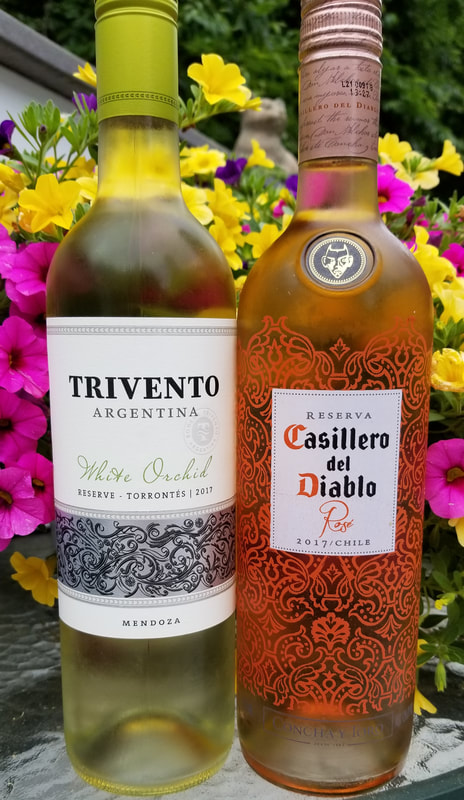
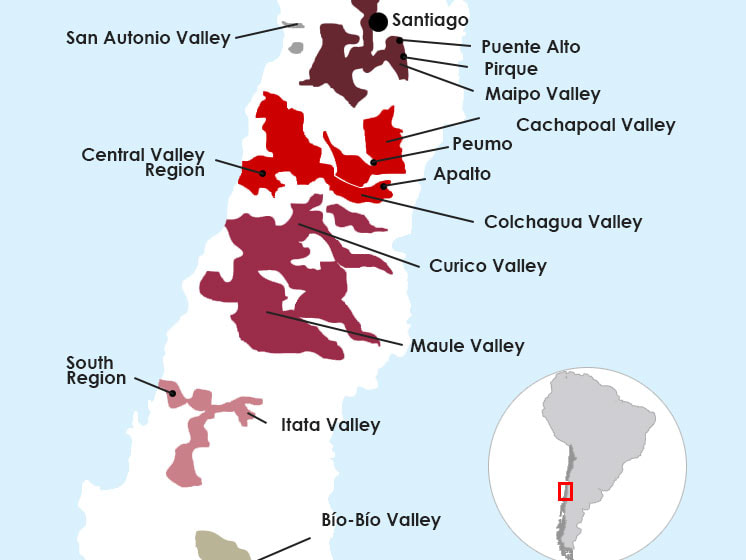
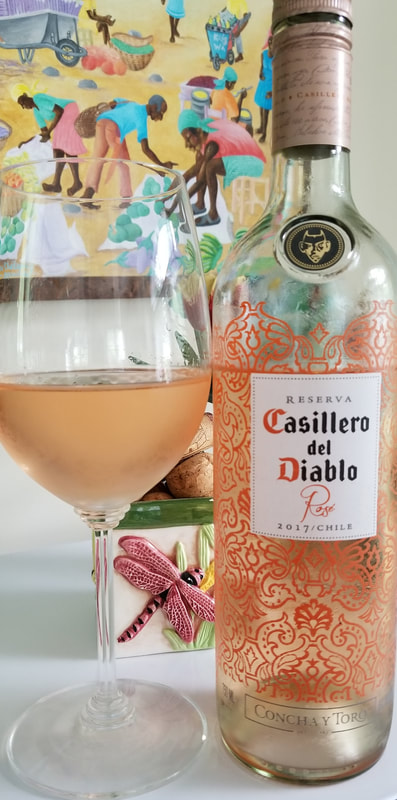
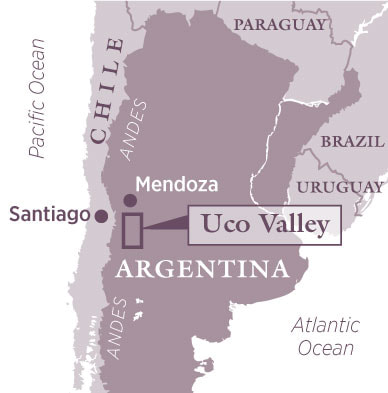
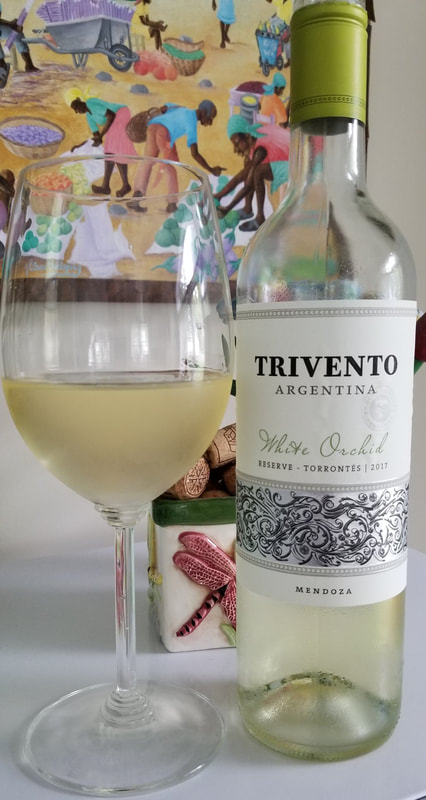
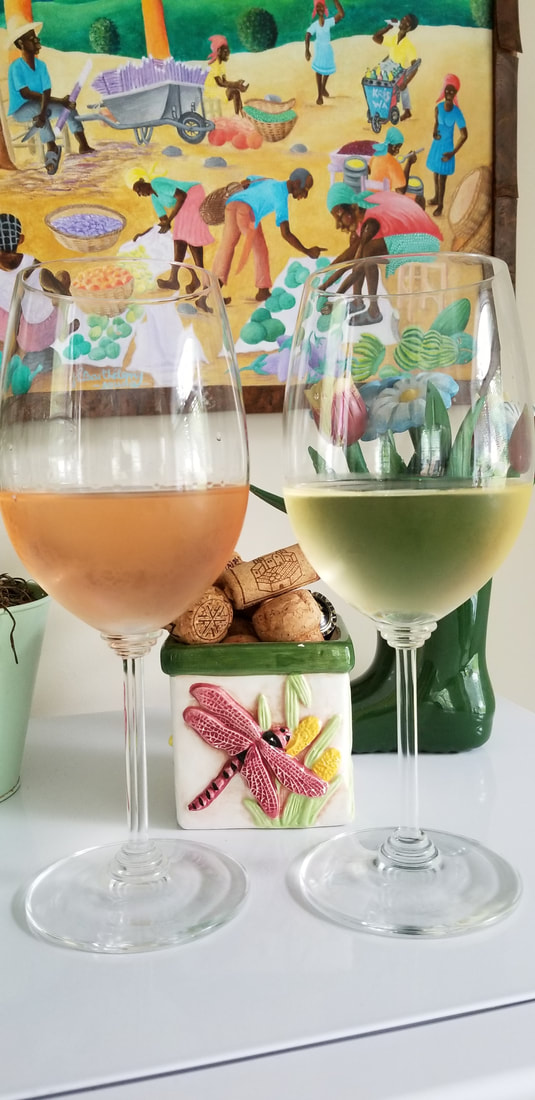
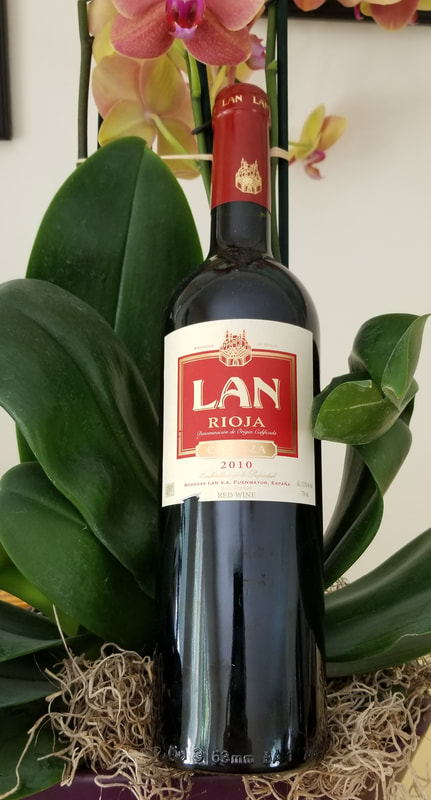
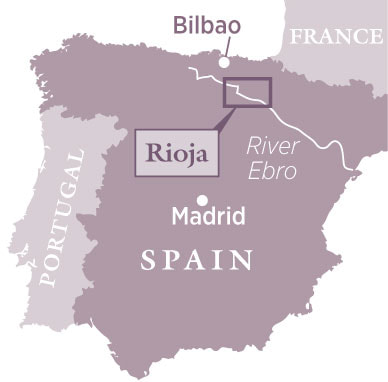
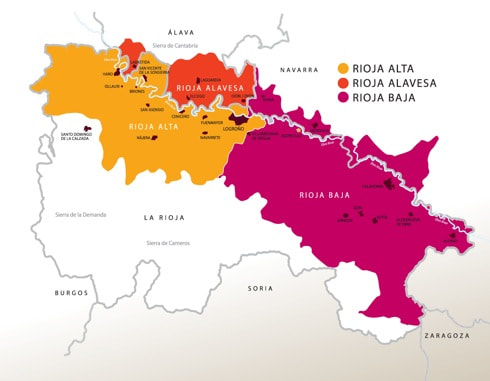
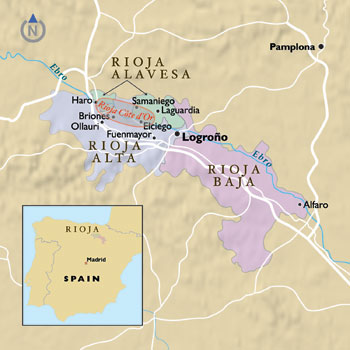
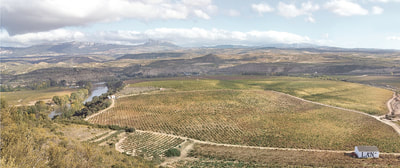
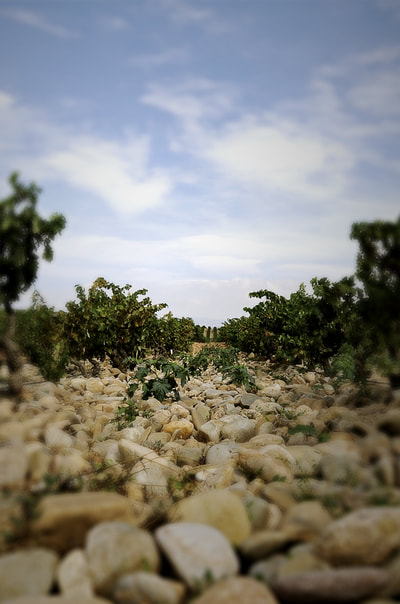
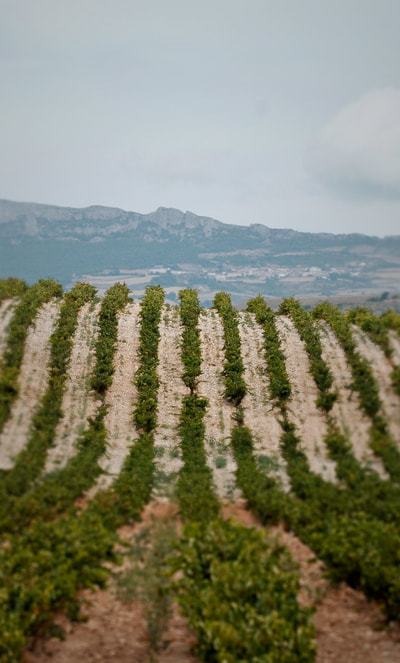

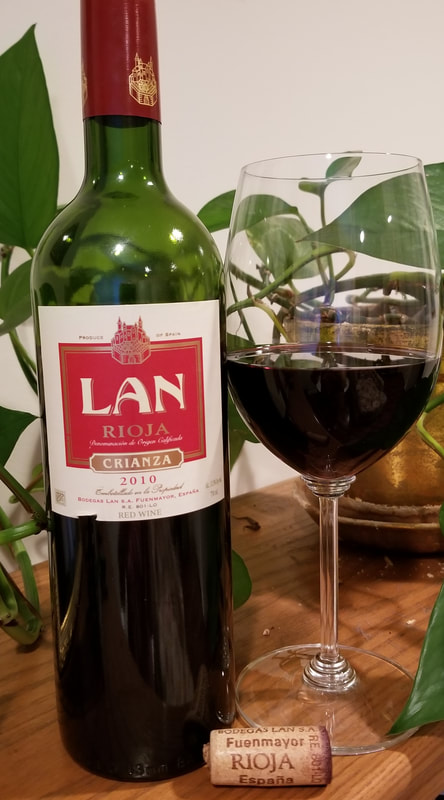
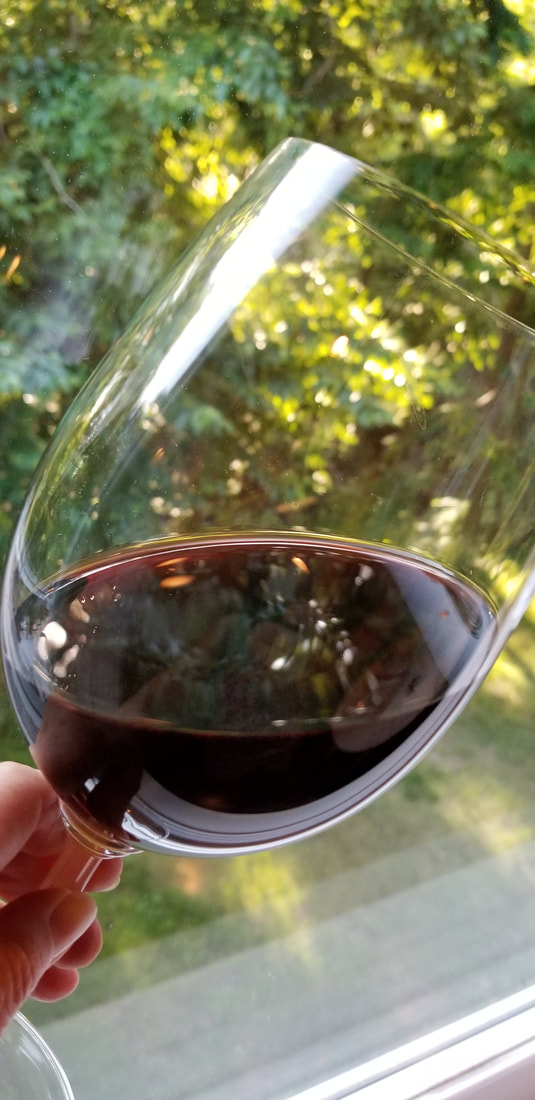
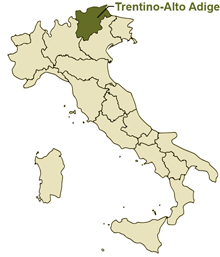
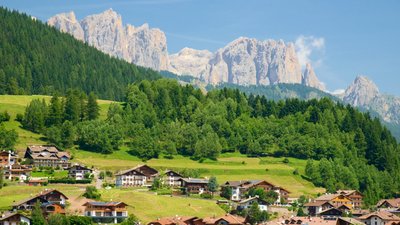
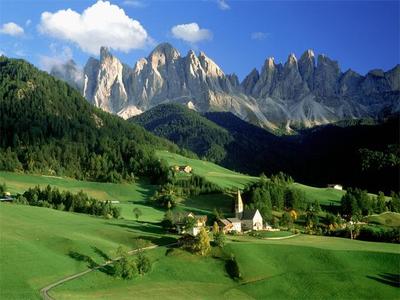
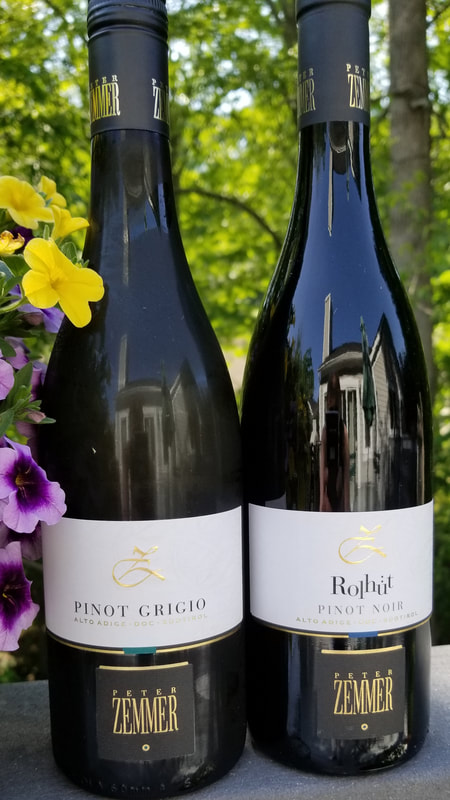
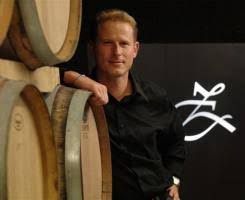
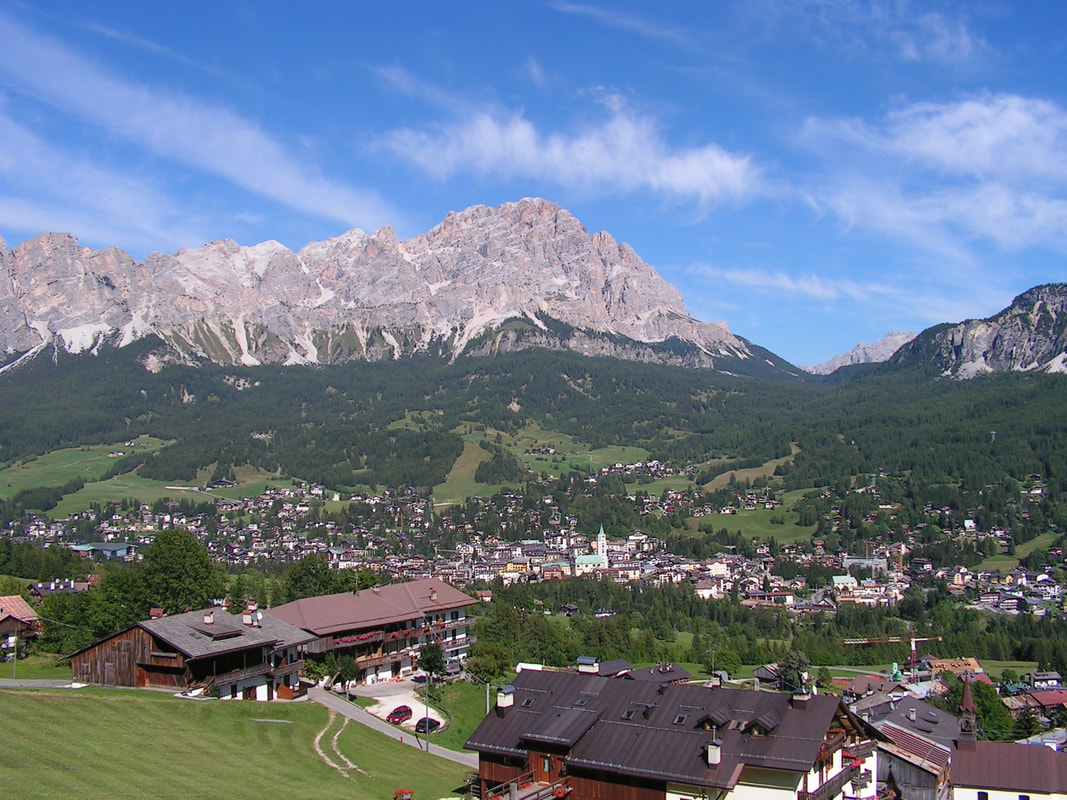
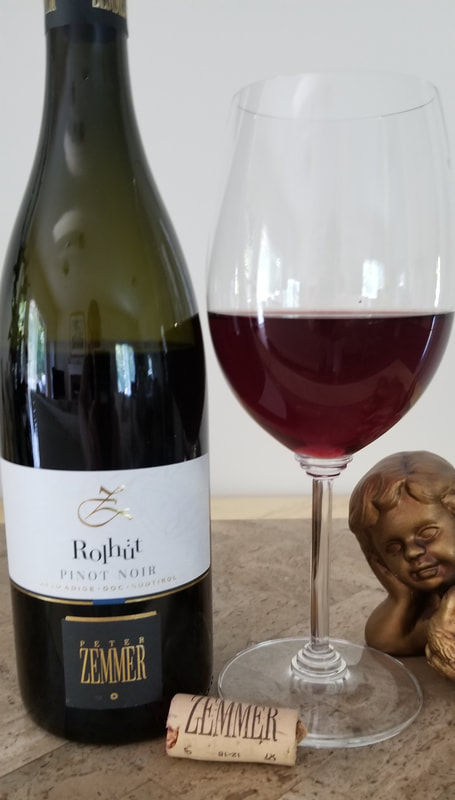
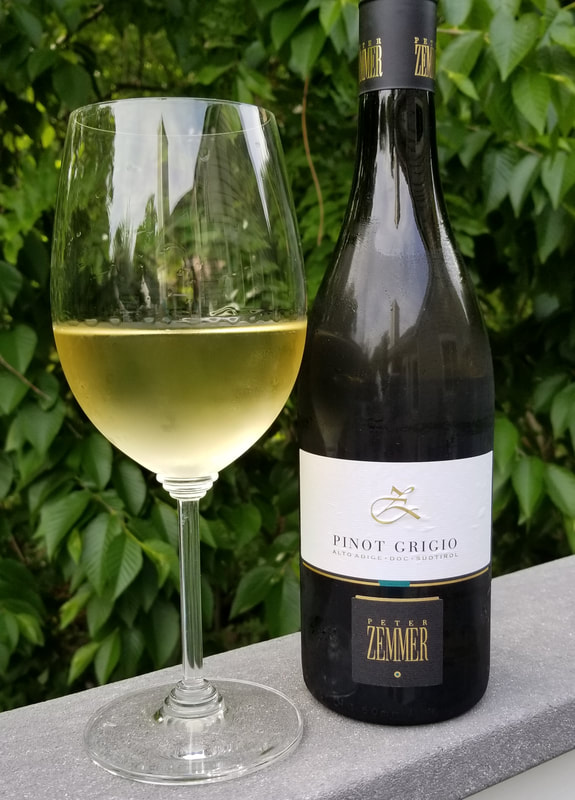
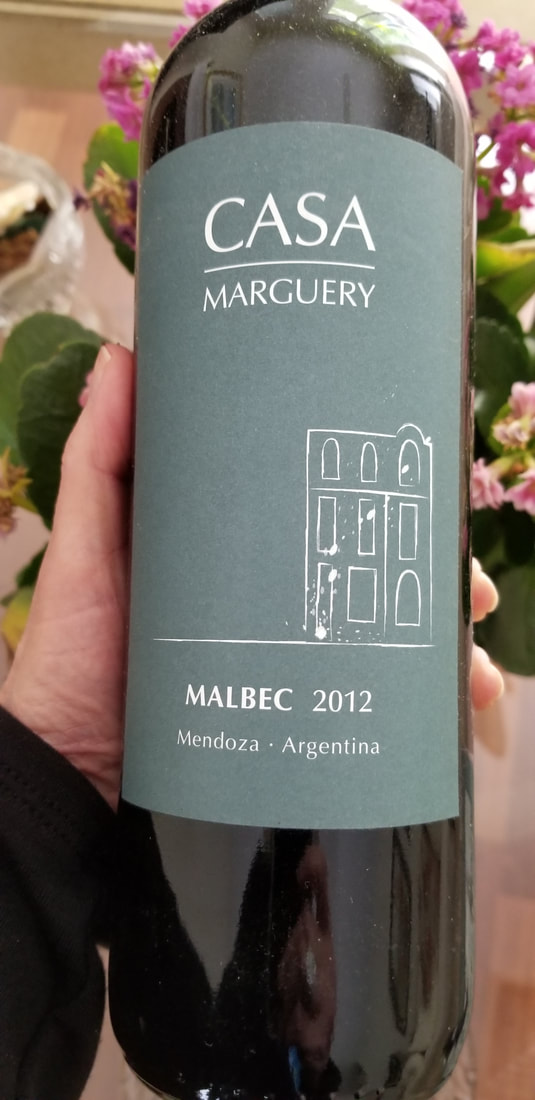
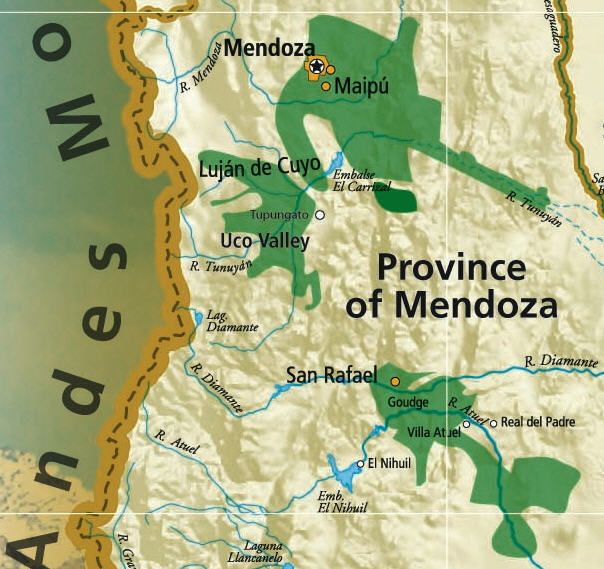
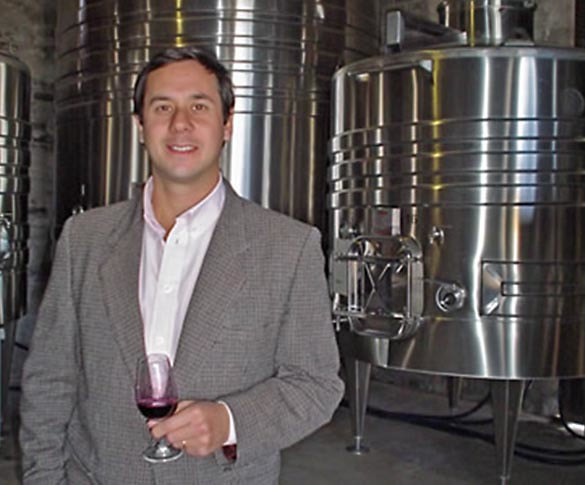
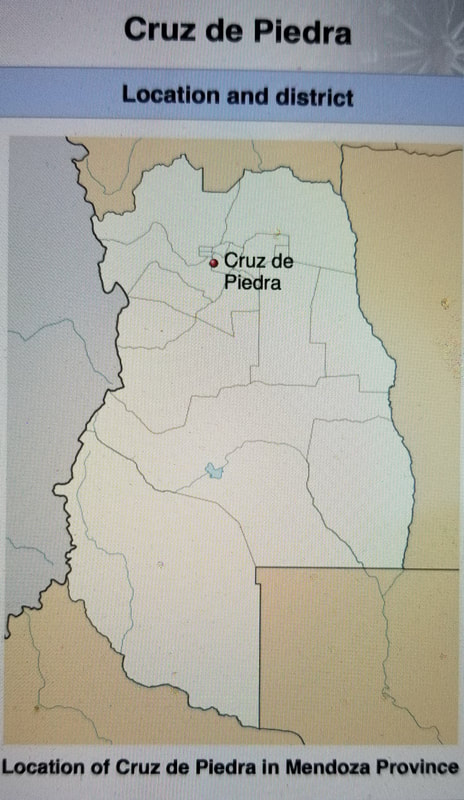
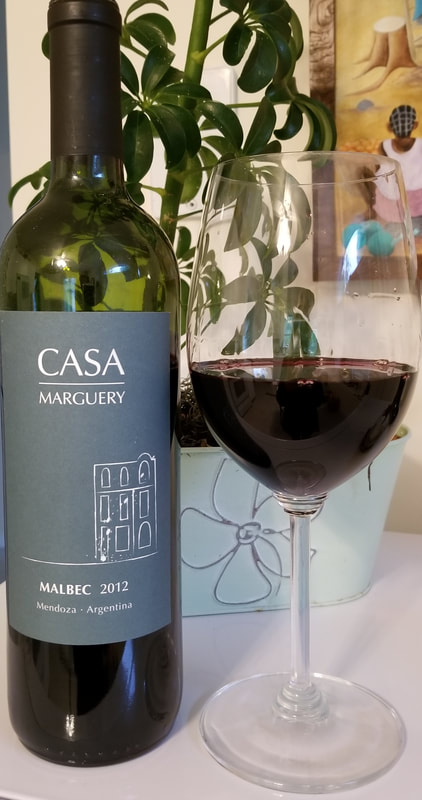
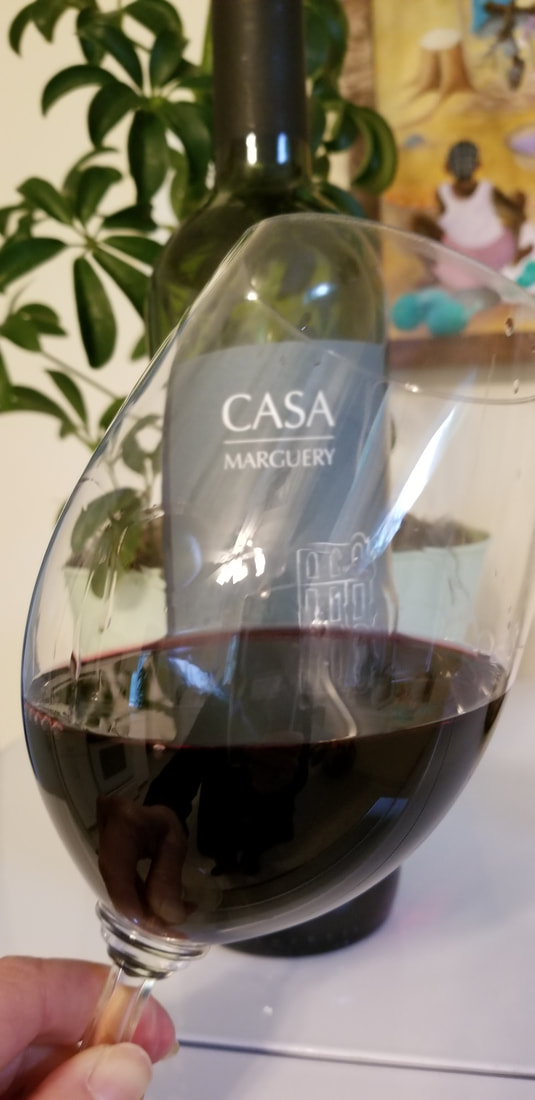

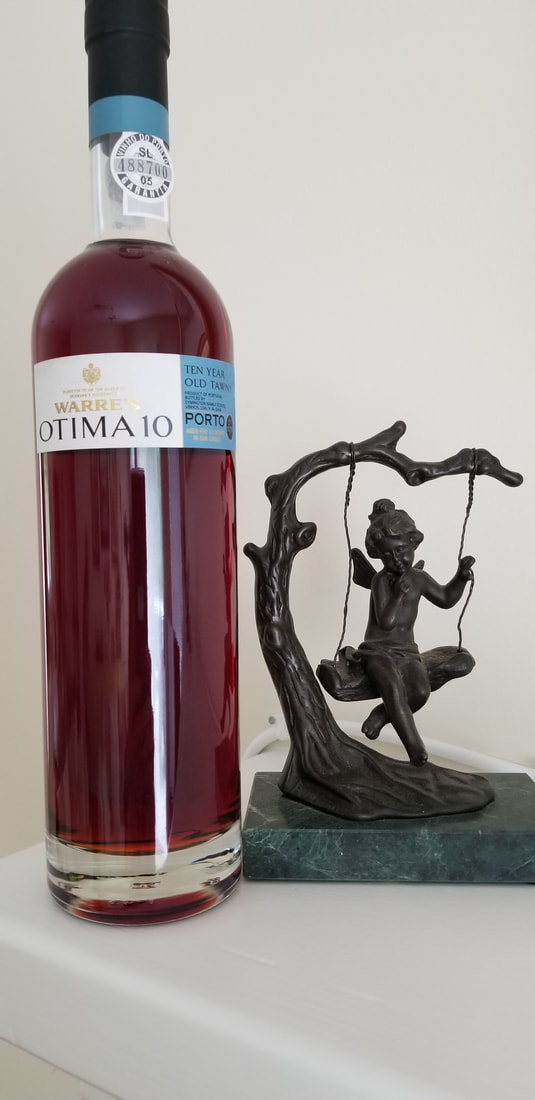
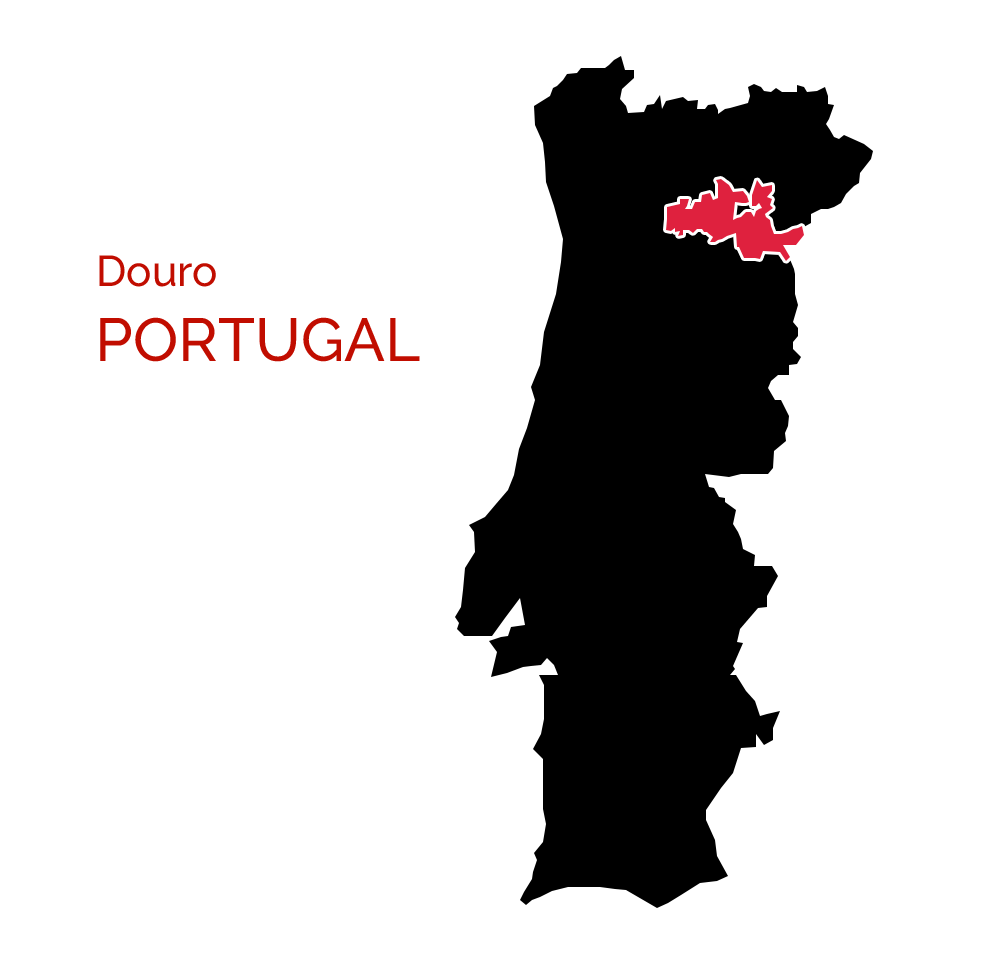
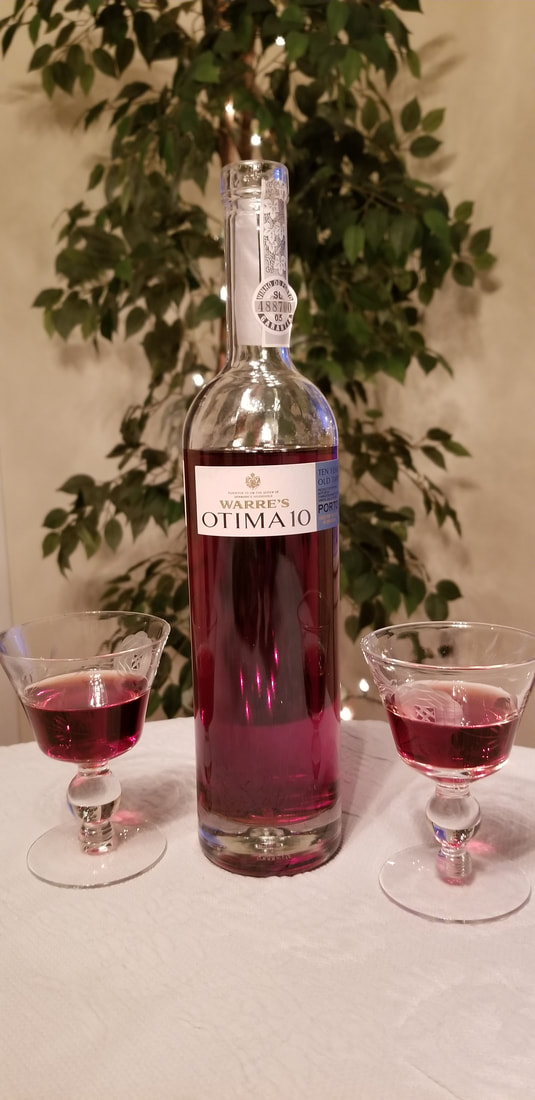
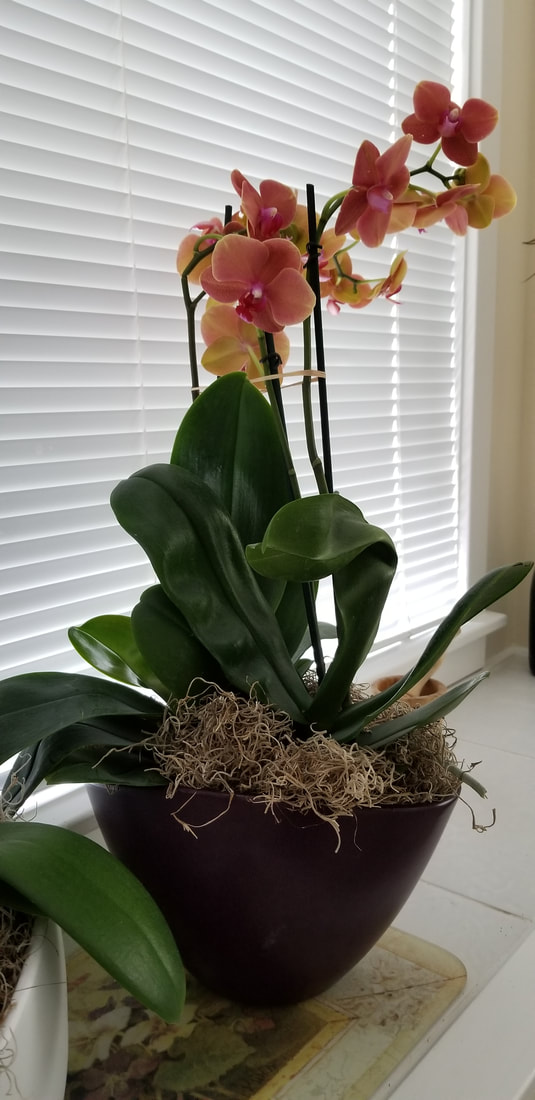
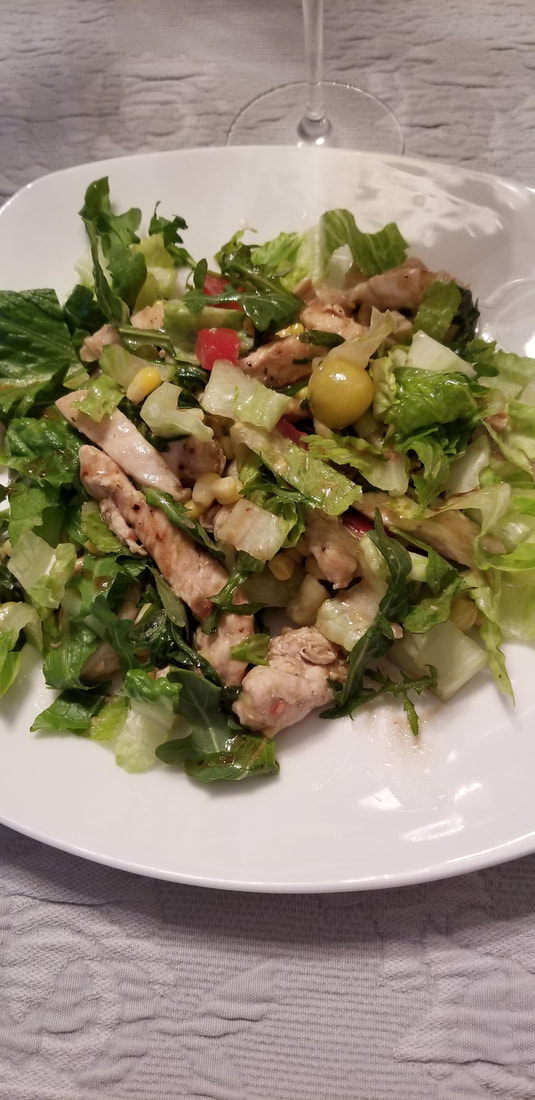
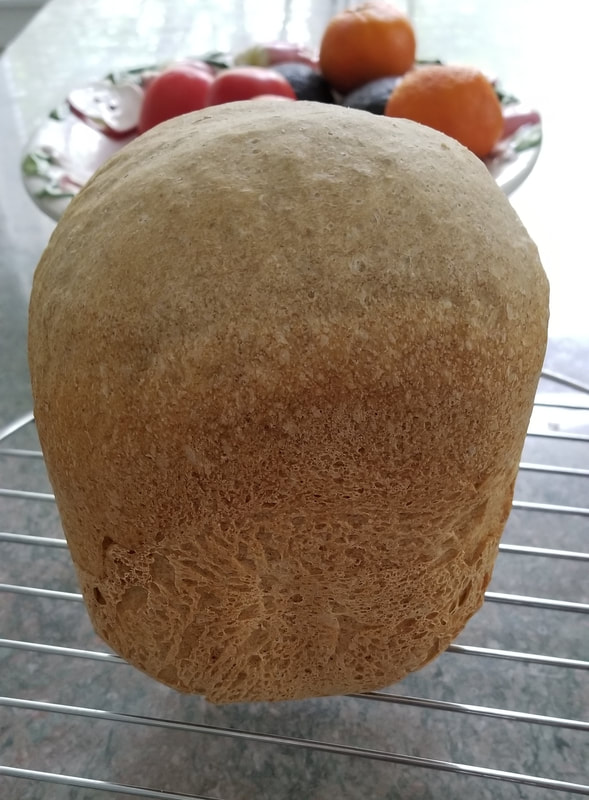
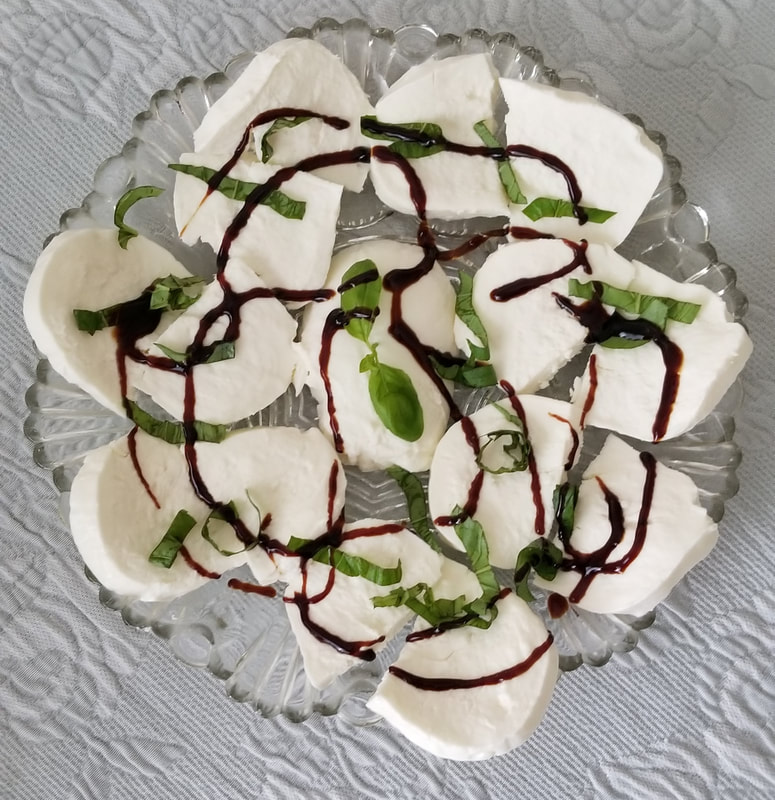
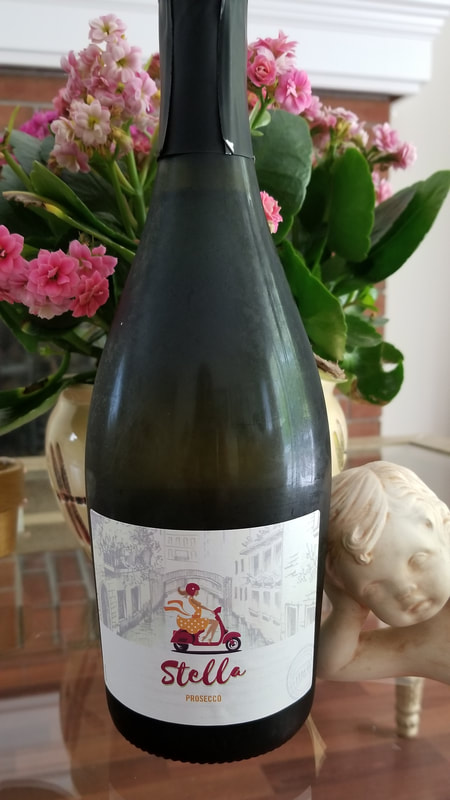
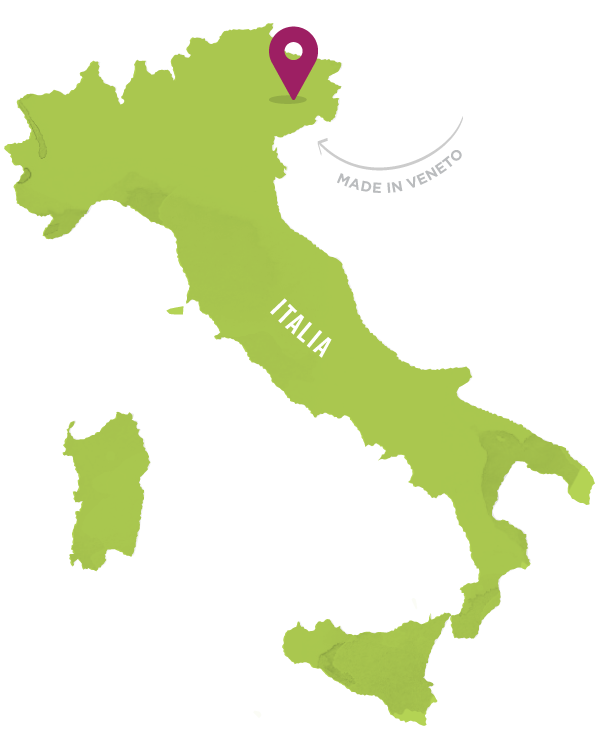
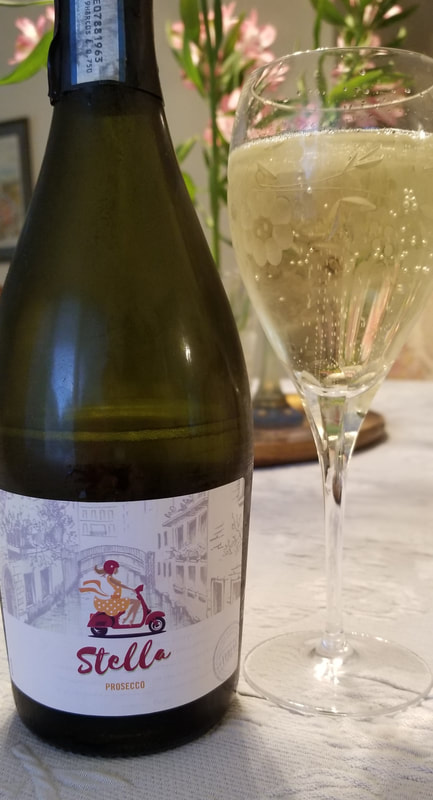
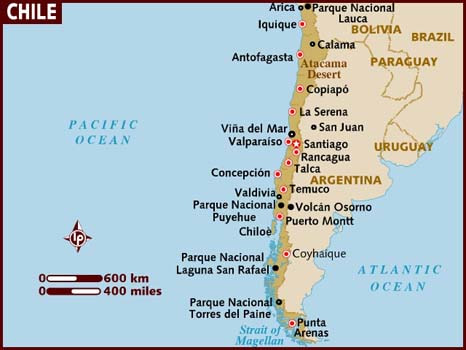

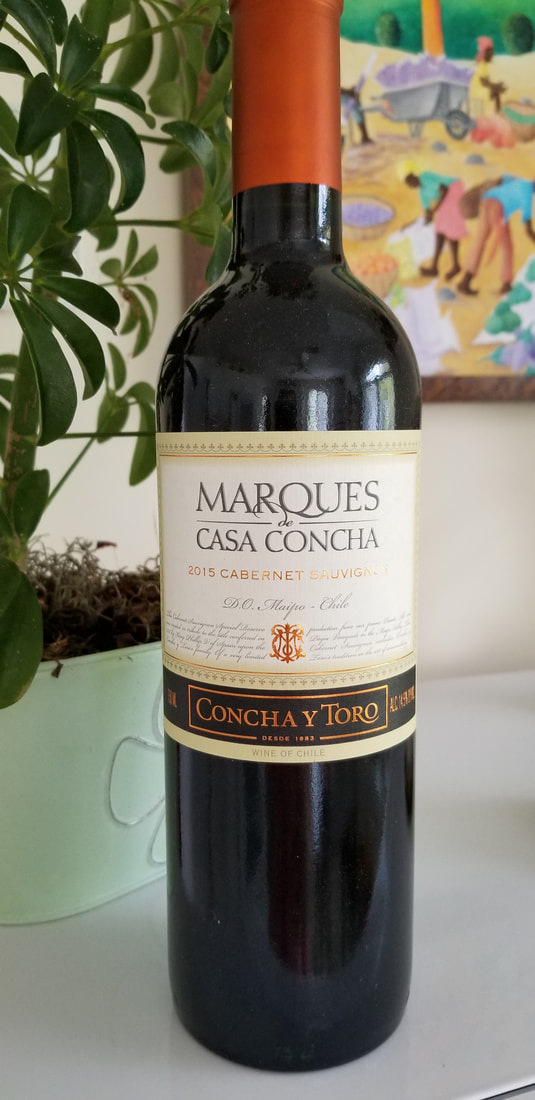
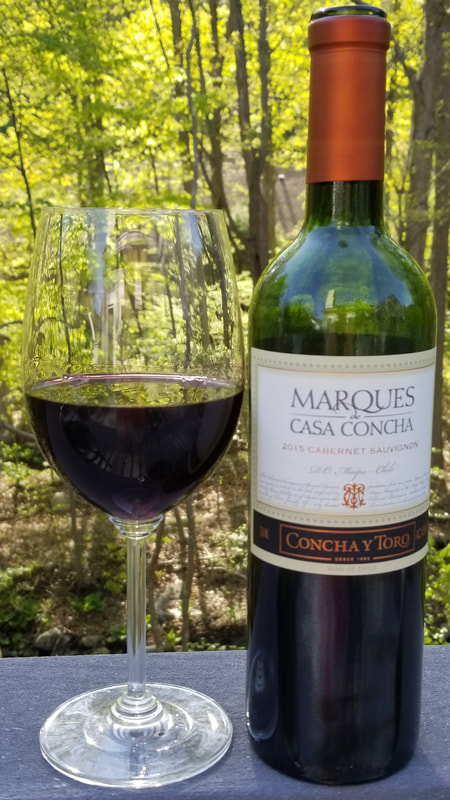
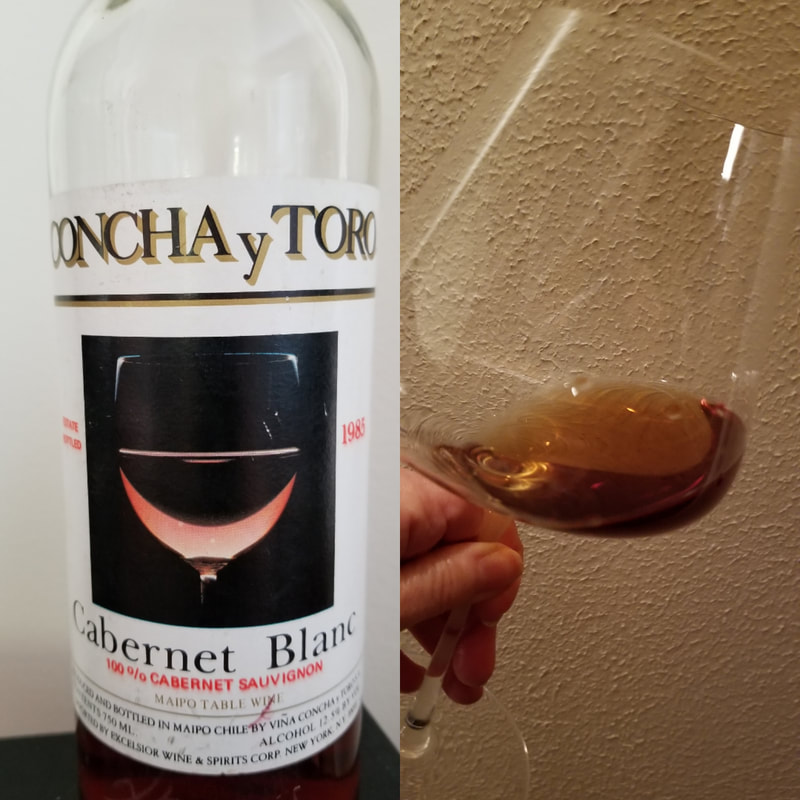
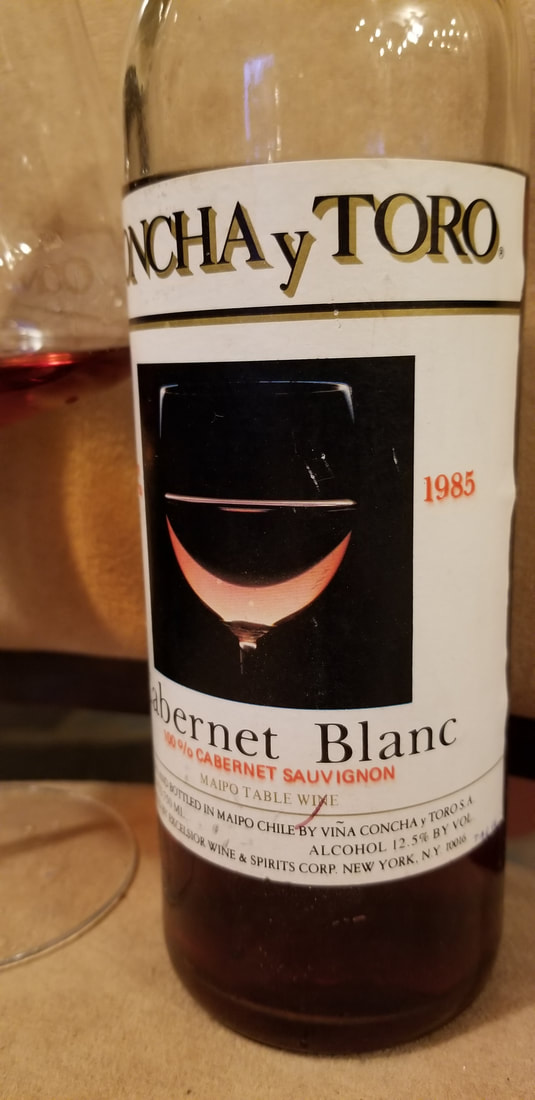
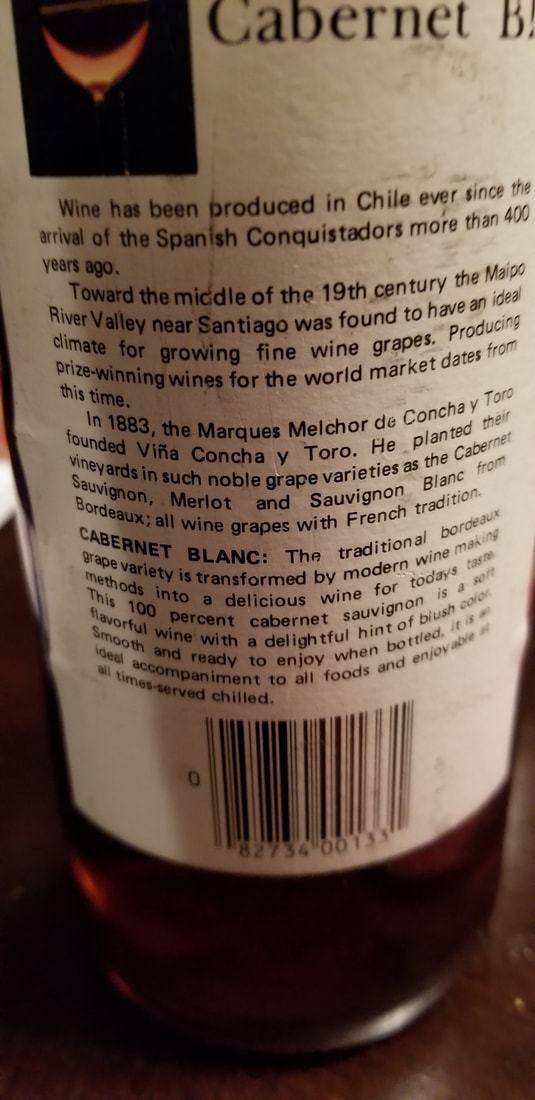
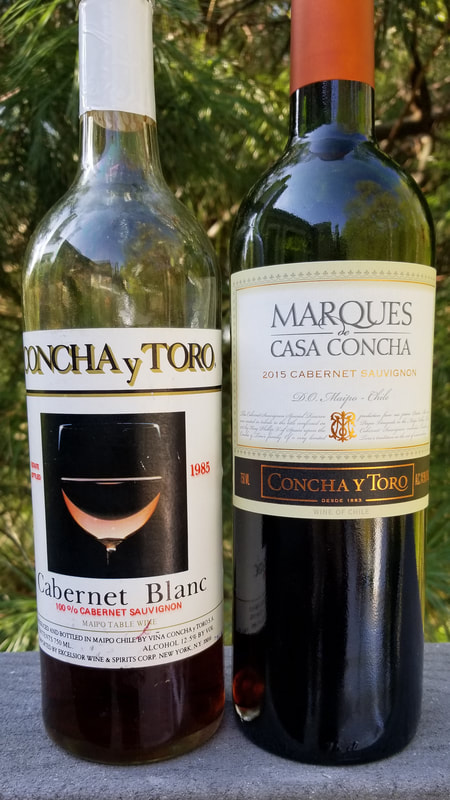
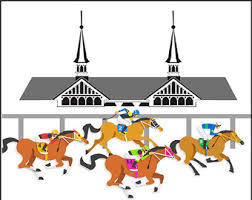
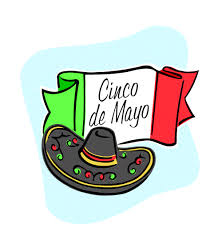
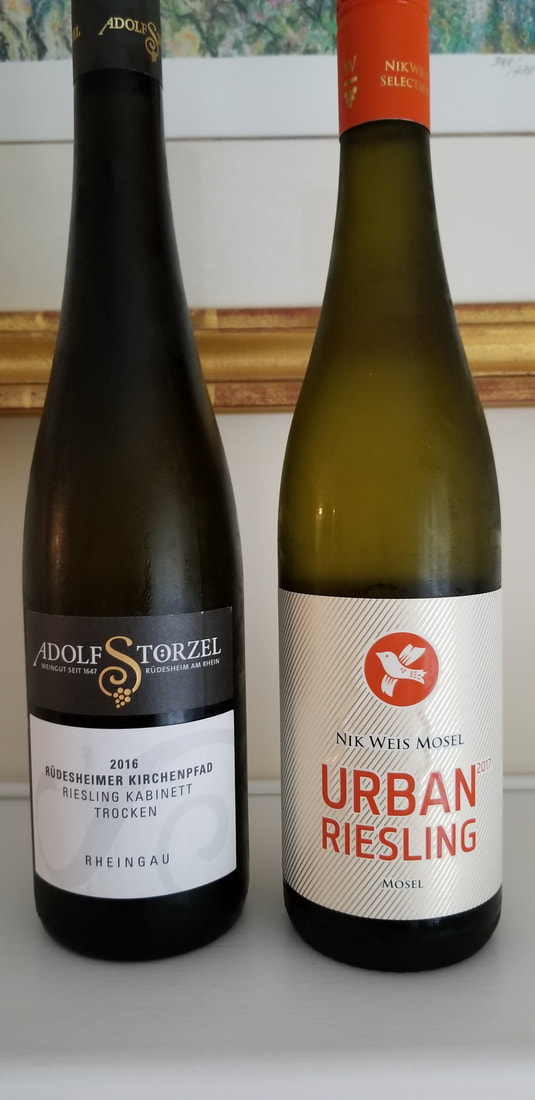
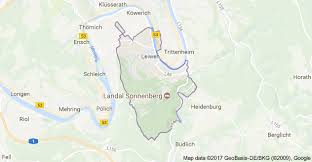
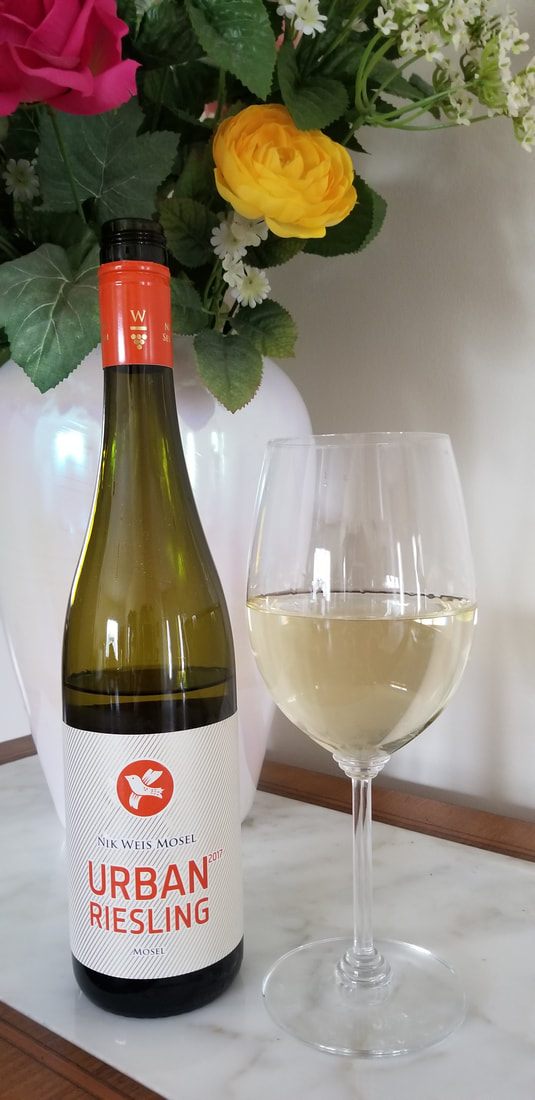
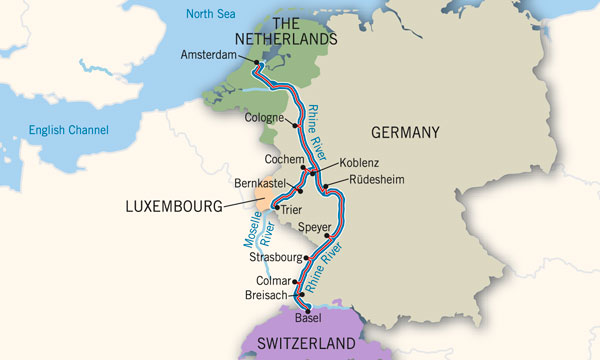
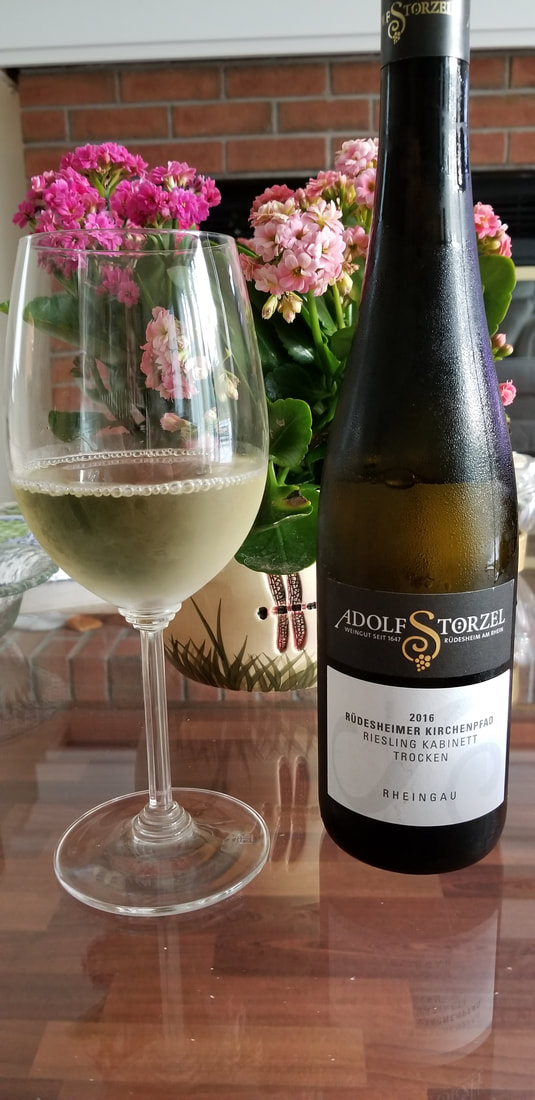
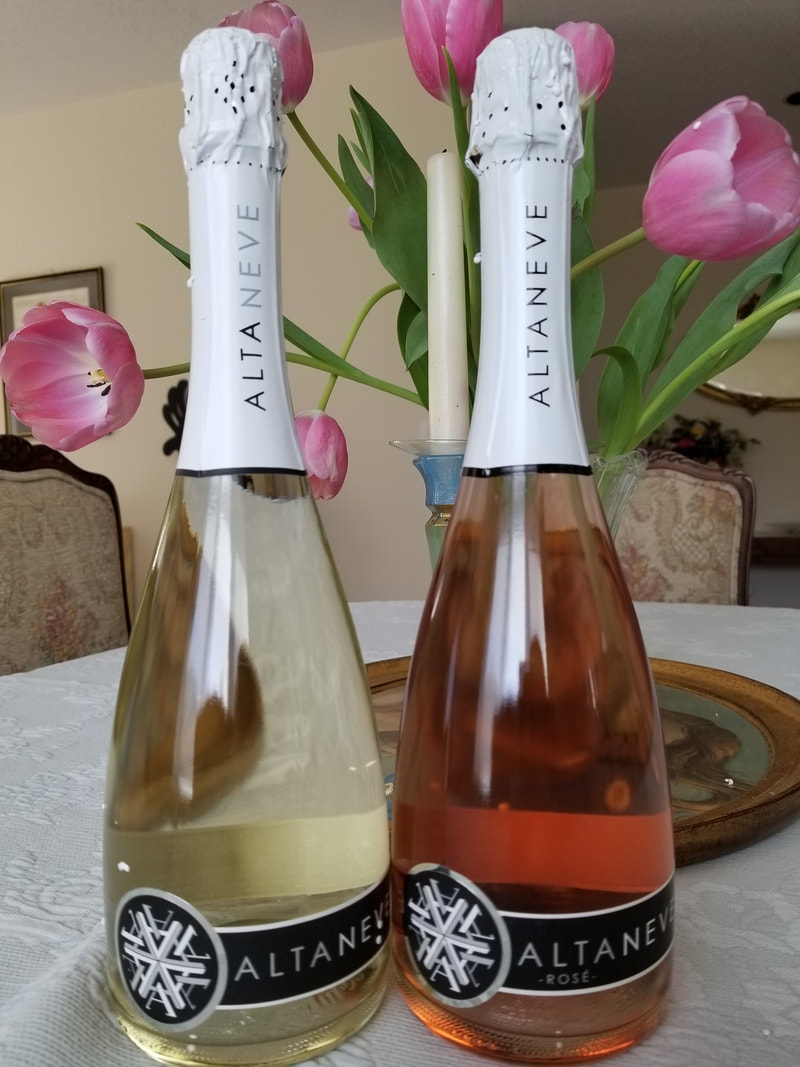
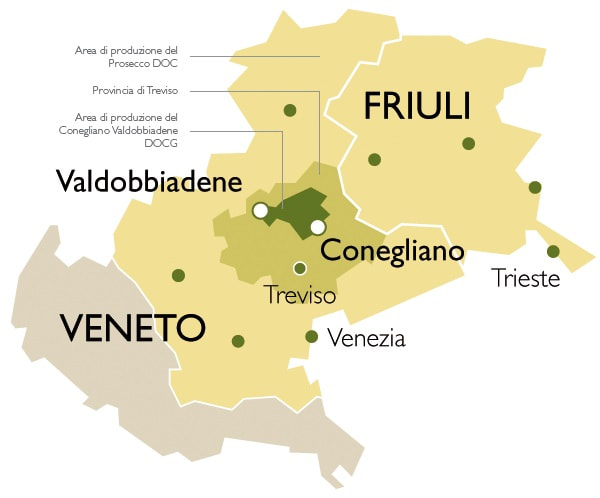
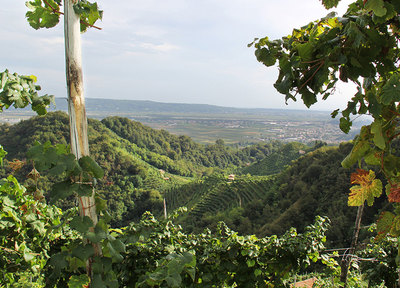

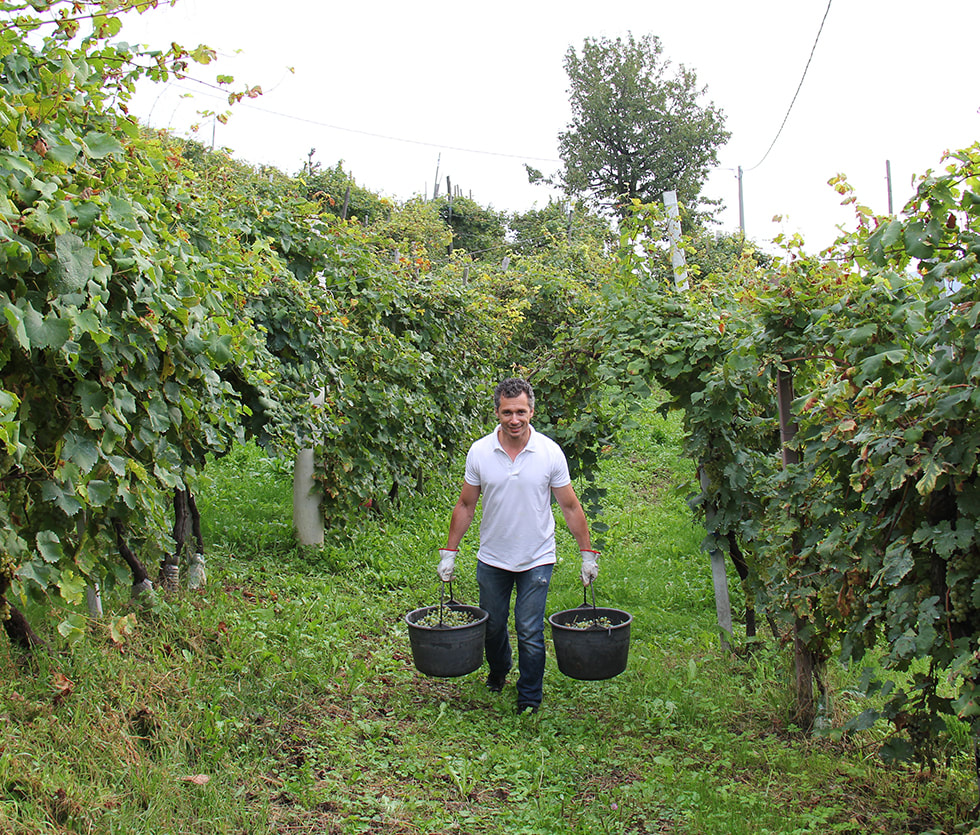
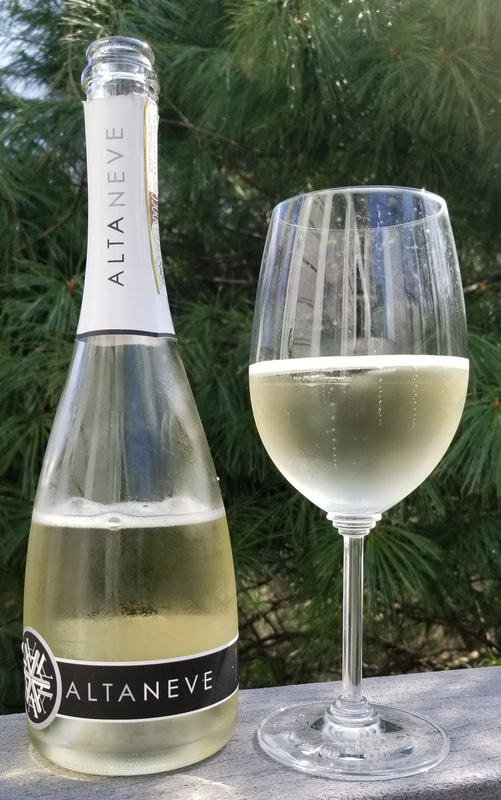
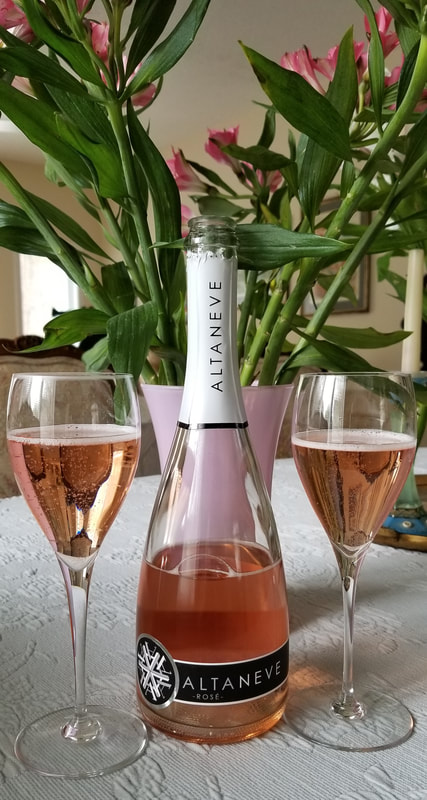
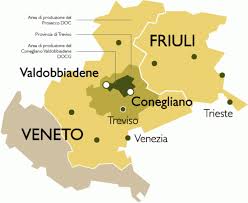
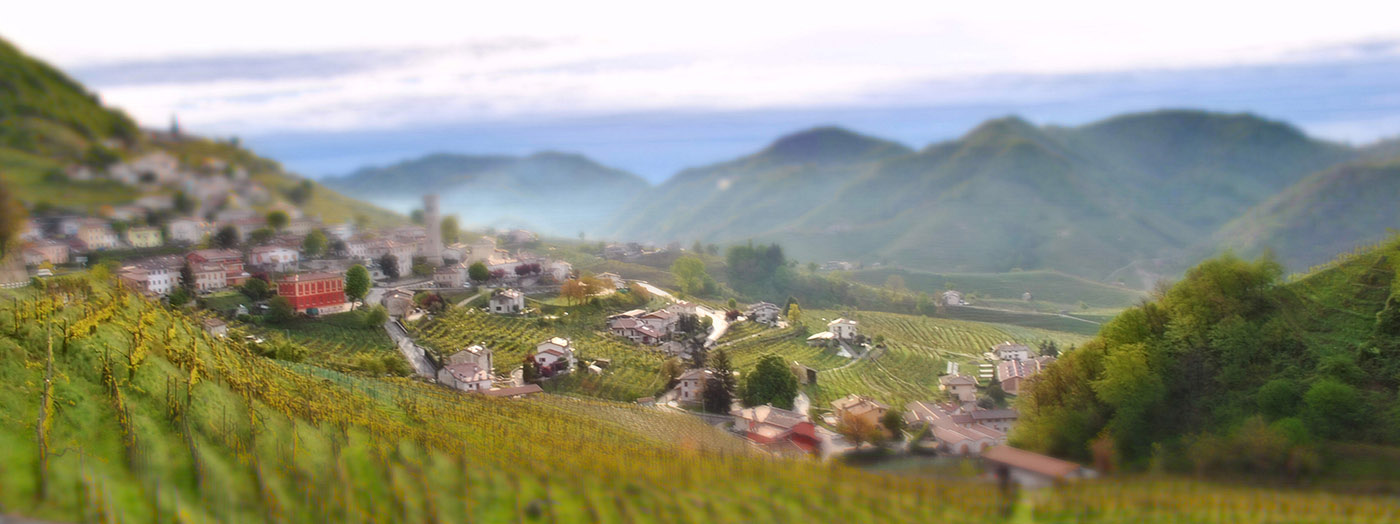
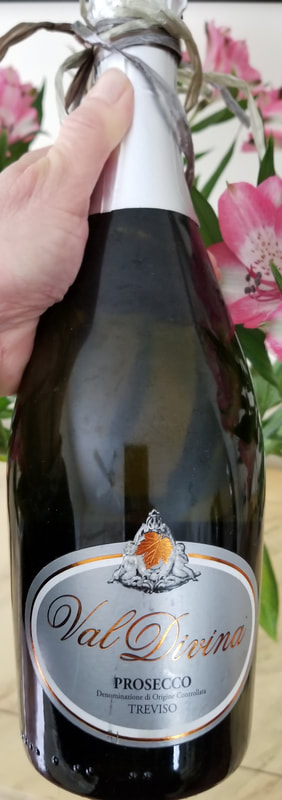
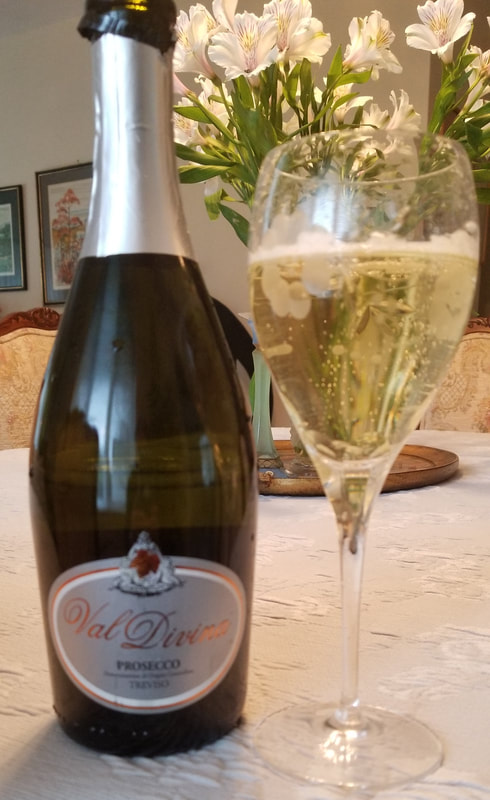
 RSS Feed
RSS Feed